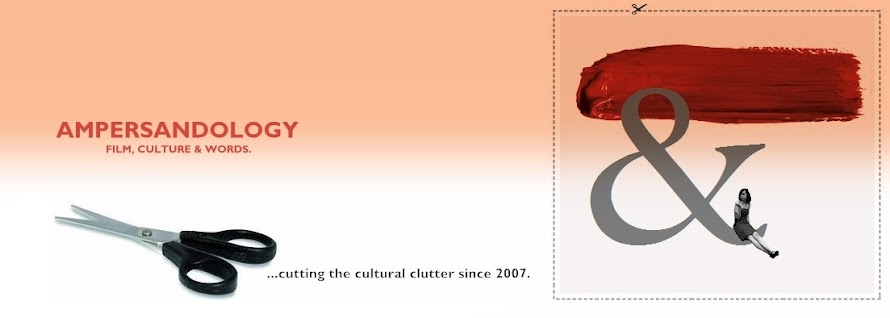
This Day in History
April 16th, 1889: Charlie Chaplin is Born.
Charles Spencer Chaplin Jr. was born on this day in 1889 in East Street, London, to an alcoholic father and unstable mother. Both parents worked as entertainers in the musical hall tradition, his father being a singer and his mother working as an actress. But the only enduring parent in his life would be his mother, as his parents separated when little Charlie was three.
Chaplin's mother, Lilly, had always been unstable, but saw a rapid series of downturns in her life that cracked her already fragile mental landscape. Her voice gave out around 1894, and, facing a crowd of violent booing crowds, a panicked Lilly fled the stage, leaving five year old Charlie to soothe the crowd with popular songs.
In and out of asylums, mother Lilly was finally admitted to the Cane Hill Asylum, leaving her two boys (Charles had a half-brother, Sydney) to the workhouses of South London. The Chaplin boys, staying together so they wouldn't fall apart, found themselves drawn to the music halls at a young age. Chaplin eventually emigrated to America, first travelling with Fred Karno's slapstick troupe and then falling into the burgeoning film industry in still-untamed badlands of California.
The debut of Charlie Chaplin as modern audiences know him was in 1914, in Chaplin's second film, Kid Auto Races at Venice. This was the debut of his Little Tramp costume, but this signature look seems like more of a divine accident than any great artistic statement. At least at first: the costume was pieced together in the initial days of shooting from the leftovers in wardrobe. But Chaplin definitely emerged with the Tramp intact as a character; he said of the outfit he "wanted everything to be a contradiction: the pants baggy, the coat tight, the hat small and the shoes large."
From the word go, you can see the influence of Chaplin's youthful poverty in his films in the walking contradiction of the Tramp persona: a vagrant with dignity, a street urchin with a keener sense of refinement than the rich men who laughed at him. It was a sly dig then, but today we can see the Tramp as a clear neon sign: Chaplin was suggesting the richest members of our society weren't necessarily always the ones who pockets were stuffed.
Many Chaplin biographies delve into the rich tangle of Charlie Chaplin better than I could in this limited space (among them adorably designed Chaplin: The Tramp's Odyssey, by Simon Louvish and AJ Marriot's Chaplin Stage By Stage). But I will say this. To watch Chaplin is to observe a living social equation in his prime. He brought depth and pathos to slapstick comedy.
This IS Charlie Chaplin:
Robert Flaherty used to tell the story of one of these times: 'It was a
rainy winter night. Charlie, who was about eleven, had no place to sleep and was
sheltering under an overhanging roof. A solid-looking man came by, took a look
at the boy, and asked him what he was doing there.
Charlie told his story.
The man stroked his chin for a moment and said, "Well, I've a bit to eat at
my place. I've only one room, but you're welcome to stay the night if you don't
mind sleeping on the floor." They went to the man's furnished room, where
Charlie slept on a pallet at the foot of his host's bed.
Next morning when he woke, the man had gone, but Charlie found a note
saying, "If you've no place to sleep tonight, come here." Charlie had to avail
himself of his friend's help for many nights, but always in the morning the man
had gone to his work.
Charlie became curious about what that work might be. One morning he
managed to wake early. The man was taking out of the closet and measuring in his
hands a long, strong rope with a noose at the end of it.
He was the common hangman.'
Out of such experiences came the greatest comedian in the world.
-From Griffith and Mayers' The Movies. Reprinted from Self-Styled Siren.
But in the interest of full disclosure: I've always preferred Buster Keaton.

No comments:
Post a Comment